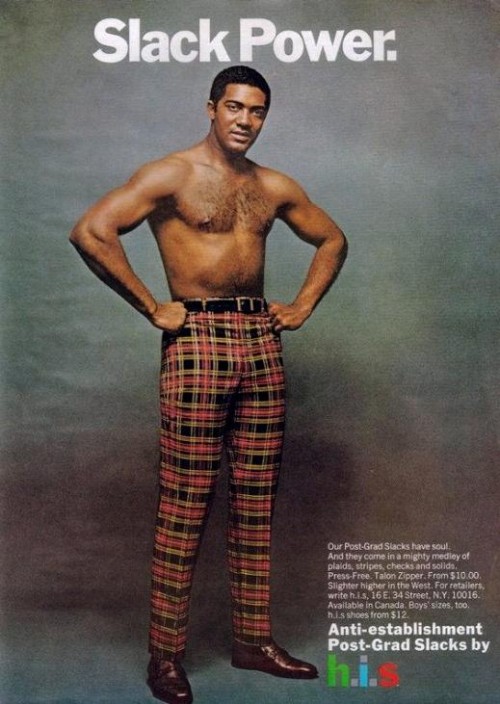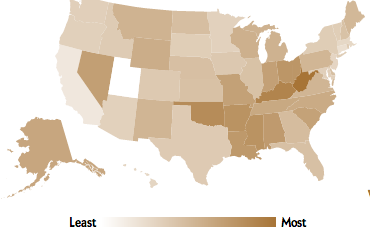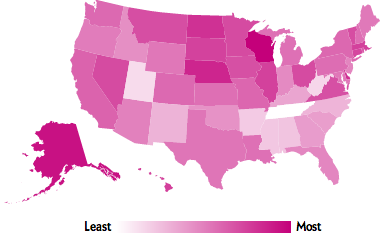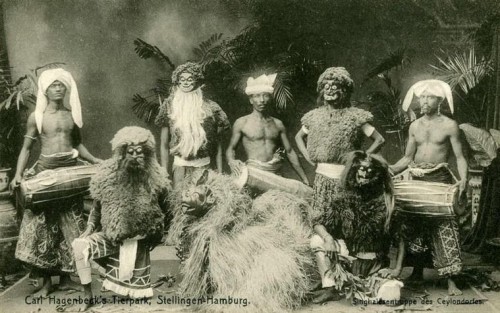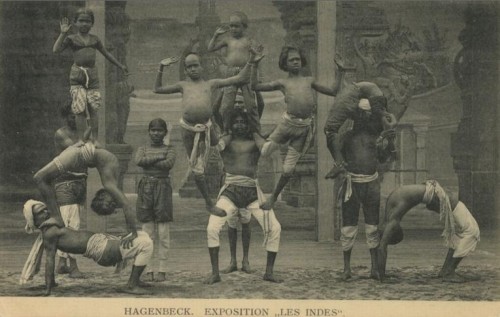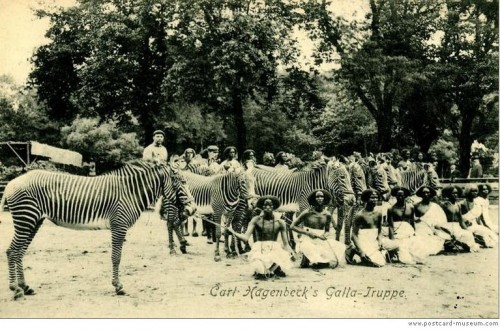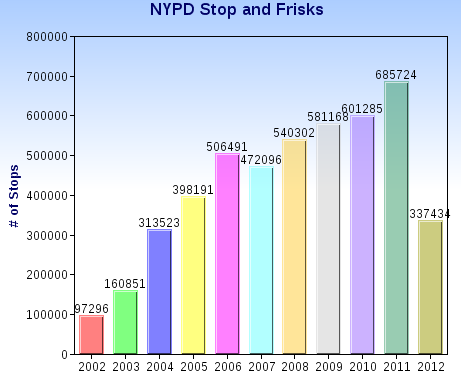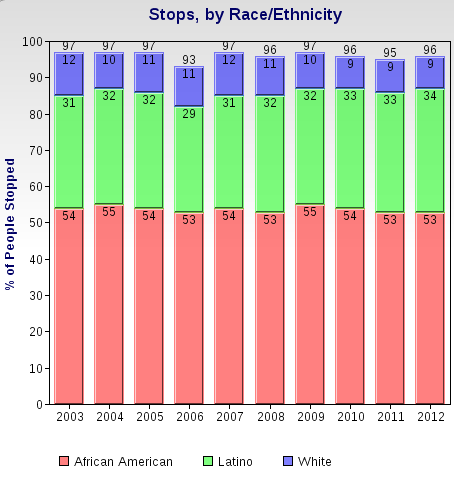A few years back we featured a series of Playboy drawings from the 1960s and ’70s that trivialized the social movements of the time: feminism, the anti-war movement, native rights, and the civil rights movement. You should really go take a look; they’re something else.
In any case, Peter from Denmark sent in another example from the same time period. A 1970s JC Penney ad for pants; “slack power” is a reference to “Black power” and it’s no coincidence that an African American man is modeling. Notice, too, that it calls the pants “anti-establishment” in the bottom right.
While companies like Komen are getting a lot of critical attention these days for turning cancer awareness into consumption, this strategy has been around a long time.
For examples of appropriation of feminism, see these framing consumption of clothes, make-up, jewelry, cigarettes, magazines, and cosmetic procedures as expression of freedoms.
Lisa Wade, PhD is an Associate Professor at Tulane University. She is the author of American Hookup, a book about college sexual culture; a textbook about gender; and a forthcoming introductory text: Terrible Magnificent Sociology. You can follow her on Twitter and Instagram.

